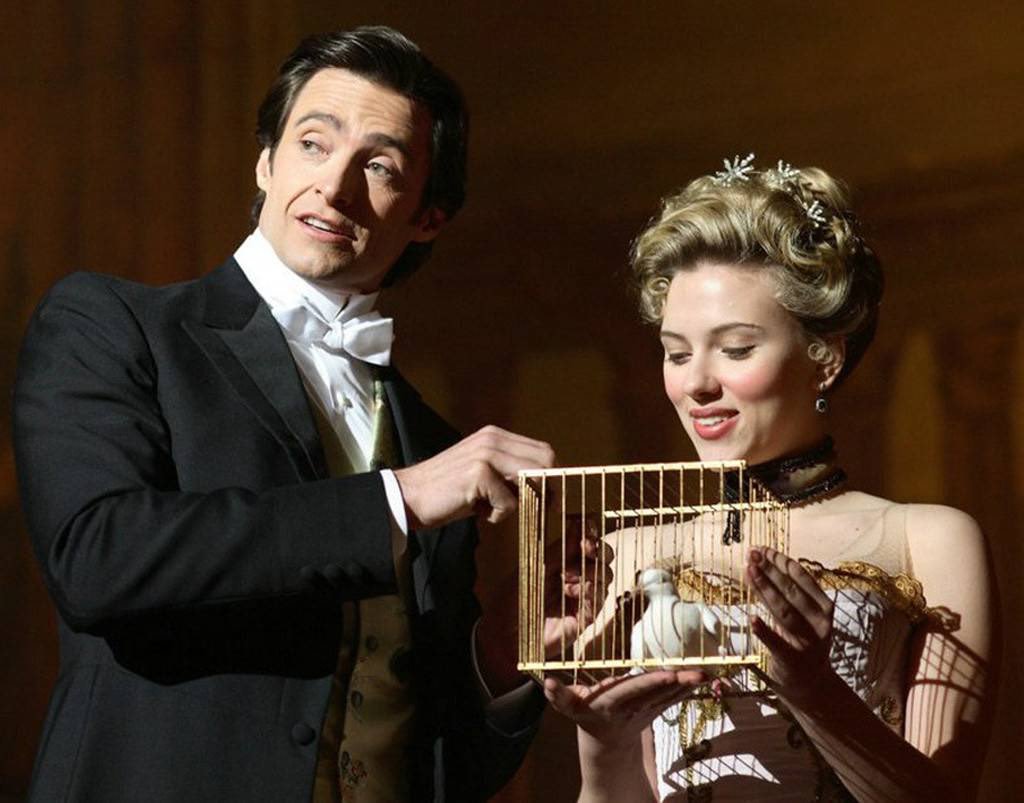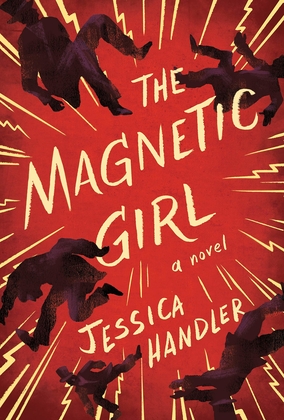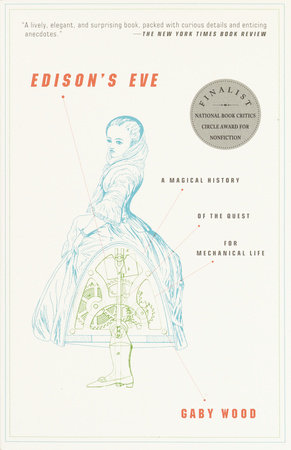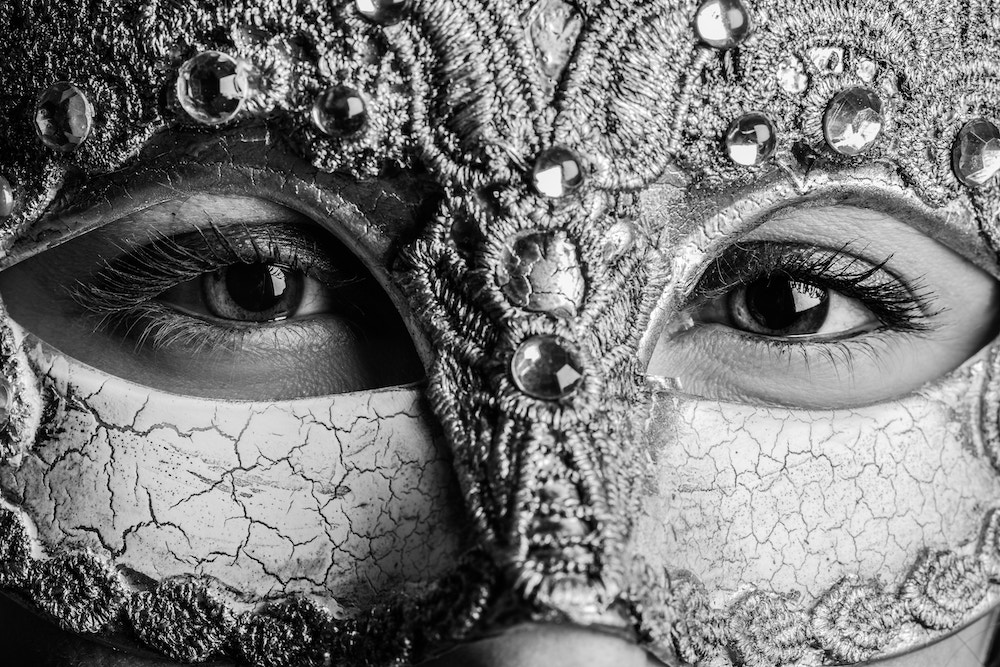Reading Lists
7 Honest Books About Hoaxes
Jessica Handler, author of "The Magnetic Girl," recommends stories that peel back the curtain on why we believe

I’ve long wondered what makes a person believe something improbable — either really believe, or convince themselves to err on the side of a questionable opinion, even if on some level they suspect they’re being taken for a ride. There are people who believe deeply in the sides they take in a political discussion, in their acts of religious faith, and in apple cider vinegar as a digestive aid. Why does a friend insist that John Fogerty was singing “There’s a bathroom on the right?” when he clearly was not? (Except that now sometimes he does.)
What, in other words, is real, and what are our reasons for needing to believe?
My novel The Magnetic Girl imagines the stage career of a real 19th century vaudeville performer named Lulu Hurst, who “lifted” men in their chairs and “threw” them across the stage with the touch of a walking cane. Her audience was willing to believe what they were told; that she transmitted the then-mysterious science of electricity through her touch. She and her father, who was for a time her interlocutor, named these gestures “tests” in the interest of sounding scientific.
In the last years of the 19th century, electricity, magnetism, hypnotism, and Spiritualism flowed together in a current of rumor and fascination. Hurst’s autobiography was published in 1897, more than a decade after she left the stage. In it, she gently chides her audience for their gullibility. Their belief in her ability to conduct magnetic force, she explained, was a lack of reason that “possessed their minds.”
And yet, people want to believe. In 1884, watching a young girl perform logic-defying feats of strength offered an evening’s thrill. No matter the era, falling for a hoax means a willingness to believe in the beauty of the impossible, if only for a short while. Here are seven books that peel back the curtain on why we believe, even when we know better.
Bunk: The Rise of Hoaxes, Humbug, Plagiarists, Phonies, Post-Facts, and Fake News by Kevin Young
Poet and scholar Kevin Young draws a direct line from P.T. Barnum’s “Feejee Mermaid” — a monkey’s torso stitched to a fish’s tail, first exhibited in the 1840s — to the paranoia and fascination with “fake news” in contemporary America. I began the book as if it were a scorecard for my awareness of historical humbug; check mark for knowing the story of Joice Heth, the elderly Black woman Barnum exhibited as having been George Washington’s nurse (she was not), another check mark for knowing that JT Leroy was never a real person. I quickly recognized my participation in a culture where too much is taken at face value. “The hoax without a witness is not a hoax, but an idea,” Young writes.
Beyond Black by Hilary Mantel
What if a work-a-day clairvoyant had a no-nonsense assistant, a repellent spirit guide, a struggling business, and a troubled past? That’s the premise of Hilary Mantel’s funny, wonderfully grotesque novel. Alison “Al” Hart is a professional “sensitive” who works with the knowledge that “the dead won’t be coaxed and they won’t be coerced. But the public has paid its money and it wants results.”
The Blithedale Romance by Nathaniel Hawthorne
Yes, that Nathaniel Hawthorne, of The Scarlet Letter fame. My copy, bought used, is littered with earnest marginalia. “Spiritualism!” a previous reader has written beside the phrase “…tables upset by invisible agencies, bells self-tolled at funerals, and ghostly music performed on jewsharps”. Hawthorne based the novel on his brief time in the Utopian experimental community of Brook Farm. There’s a sickly child, a mysterious old man, a supposed clairvoyant called The Veiled Lady, differences of opinion about how a Utopian community should function, and of course, a death.
The Wonder by Emma Donoghue
The Wonder is a contemporary novel about an age-old conundrum. In the Irish midlands in the middle of the 19th century, nurse Lib Wright is hired to tend to a young girl and verify that she is not a liar. Is young Anna O’Donnell a “living wonder,” subsisting for months without eating, or is she the victim of someone’s need to convince the community of a miracle? Inspired by almost fifty cases of “so-called Fasting Girls,” some of whom died, others who claimed to live for decades without food.

Mr. Splitfoot by Samantha Hunt
I love any book that cradles the legend of the Fox sisters within its pages. Mr. Splitfoot is the name given the Devil by the three girls in Hydesville, New York, in 1848, sisters who convinced their neighbors that they received messages from the dead via knocks and taps in the woodwork. The girls eventually confessed their hoax. Other than the title Samantha Hunt has given her third novel, and setting the story in the wilderness of New York state, the Fox sisters make no real appearance. But they’re here in a nod, in this narrative of child con artists skilled at seances escaping a Dickensian children’s home, twinned with the story of a mute aunt guiding her niece on a treacherous journey on foot in search of an answer to a question that the aunt cannot voice.
Other Powers: The Age of Suffrage, Spiritualism, and the Scandalous Victoria Woodhull by Barbara Goldsmith.
This exhilarating history rings with the voices of a group of forgotten and nearly-forgotten women who made their voices heard, sometimes through convincing the powerful that they were speaking with voices from the beyond.
Edison’s Eve by Gaby Wood
Subtitled, “A Magical History of the Quest for Mechanical Life,” this is an elegant book about exquisite things. As self-driving cars and robots that care for our elderly ease into the mainstream, it’s a stunning revelation to read about automata from the 1730s, when Jacques de Vaucanson built a mechanized flute-playing man. He also made a gold-plated mechanical duck that ate, digested, excreted, and baffled those who attended it. Not long after, Wolfgang von Kempelen developed a chess-playing machine, which some viewers believed was “manned by some demon.” And what of Edison’s “Talking Doll,” the foremother of my own 1960s “talking Barbie.” Mechanical life, Wood writes, treads a “fine line along … borders of perception.”















